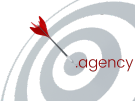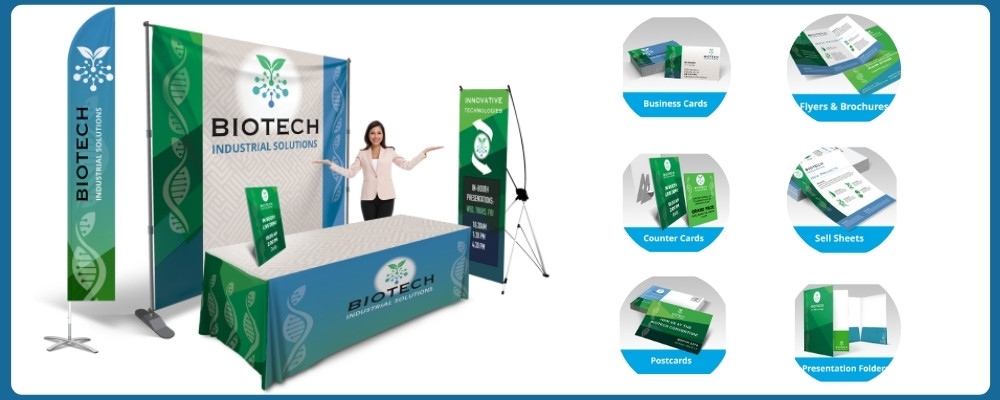|
Listen to the Article Here
|
Now is the time to begin your trade shows planning.
Trade shows are excellent opportunities for businesses to showcase their products and services, generate new leads, and network with other professionals.
In this article we will touch upon:
- Identifying what trade shows to attend
- Developing a budget
- Suggested budgeted items
- Setting-up and decorating the booth
- Trade show must-haves
Trade shows require careful planning to ensure a successful event. In this article, we will outline how businesses should begin planning for the trade show season, including recommendations for setting up and decorating a trade show booth, specifying must-haves for the trade show, suggested budget items, and additional costs that businesses should be aware of when budgeting for a trade show.
Let’s dive into the basics of trade shows planning.
Step 1: Identify the trade shows to attend
The first step in planning for the trade show season is to identify the trade shows that the business wants to attend. This can be done by researching trade shows in the industry and determining which ones are the most relevant for the business. It is important to consider the audience and the cost of attending each trade show, including the booth fee and any travel expenses.
Step 2: Develop a budget
Once the trade shows have been identified, the next step is to develop a budget. The budget should include all of the costs associated with attending the trade show, including booth rental fees, travel expenses, shipping costs, promotional materials, and any other expenses that may arise. You may want to download this trade show budget calculator.
Step 3: Suggested budget items
In addition to the must-haves listed above, the following items should be included in the trade show budget:
- Booth rental fees: This is the fee charged by the trade show organizer for the booth space.
- Travel expenses: This includes transportation, lodging, and meals for the team attending the trade show.
- Promotional materials: This includes business cards, brochures, banners, and any other materials needed to promote the business.
- Booth design and setup: This includes the cost of designing and setting up the booth, including any graphics or signage.
- Technology: This includes any technology needed for the booth, such as digital displays or interactive presentations.
- Giveaways: This includes the cost of any promotional items given away at the trade show.
- Shipping: If products or materials need to be shipped to the trade show, shipping costs should be factored into
Step 4: Set up and decorate the trade show booth
The trade show booth is the centerpiece of the event, and it should be designed to attract visitors and showcase the business’s products and services. When setting up the booth, consider the following recommendations:
- Keep the booth simple and uncluttered: A cluttered booth can be overwhelming and make it difficult for visitors to focus on the key messages.
- Use high-quality graphics and signage: The graphics and signage should be eye-catching and easy to read, even from a distance.
- Incorporate technology: Interactive displays and digital presentations can help attract visitors to the booth.
- Provide seating: Providing seating can create a welcoming environment and encourage visitors to spend more time at the booth.
- Have promotional materials on hand: Brochures, business cards, and other promotional materials should be readily available for visitors to take with them.
Step 5: Must-haves for the trade show
There are several must-haves for any trade show booth, including:
- Business cards and brochures: These materials should be easy to access and clearly branded with the business’s logo and contact information.
- Branded apparel: Wearing branded apparel can help the business stand out and create a cohesive look.
- Giveaways: Promotional items, such as pens or notepads, can serve as a reminder of the business long after the trade show is over.
- Display products: If possible, displaying products in the booth can help visitors understand the benefits of the business’s products and services.
Be sure to contact the trade show organizer(s) and ask for all pertinent information like when you are allowed to setup, what other add-on costs are not covered by the main fee – such as electricity, tables, chairs, etc – how many passes you get, where vendors park, when you are allowed to start breaking down your booth, if there is any storage, etc.
A good trade show producer should have a packet detailing everything you need to know.
If you require banners, flyers, table covers, promotional items, brochures, or business cards for trade shows, please contact us or visit our Print Center.

